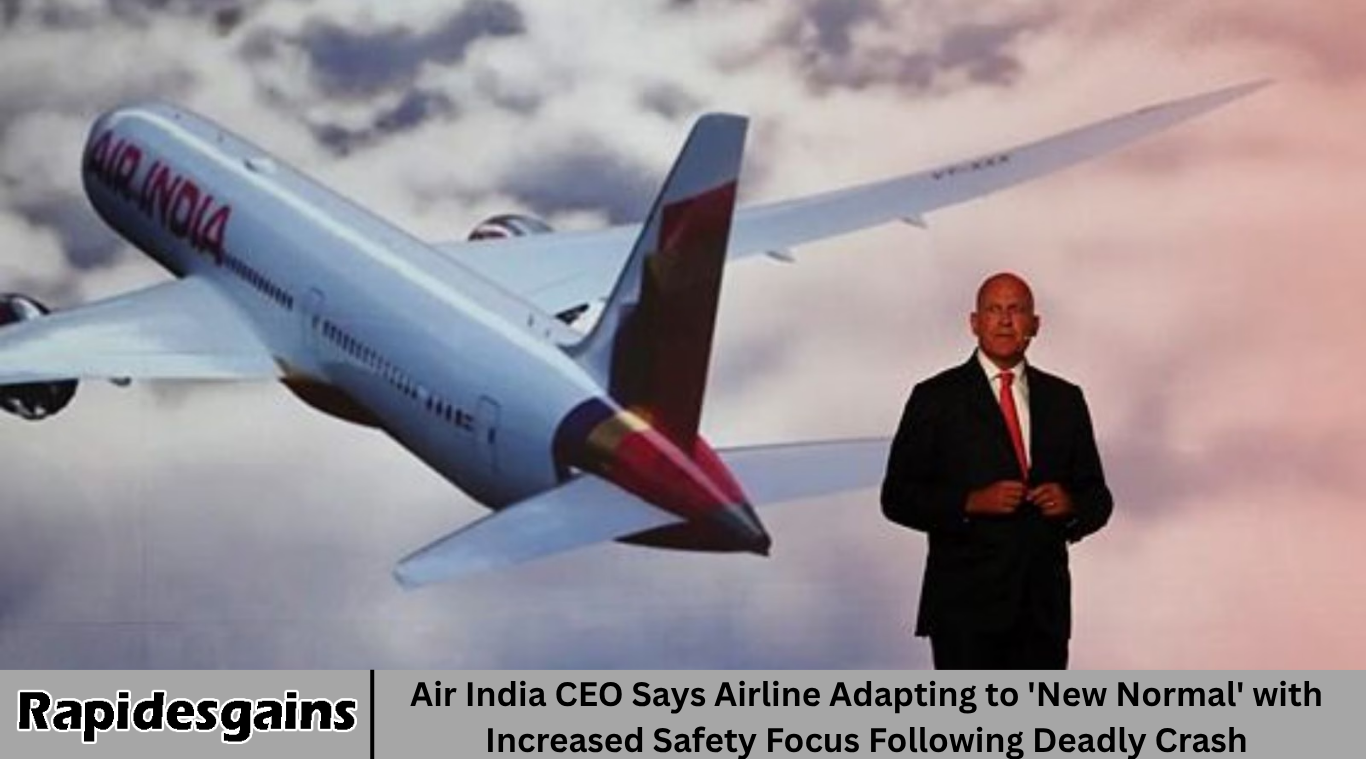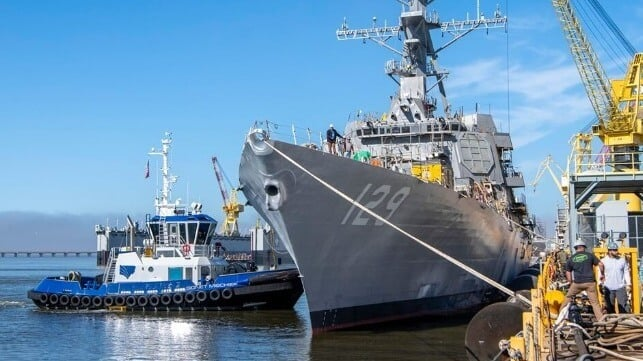Air India has faced a challenging period following a recent deadly crash. The airline’s CEO has spoken openly about how the company is responding to this tragedy by embracing a new focus on safety. This new approach is being called the “new normal,” emphasizing stronger safety measures, improved training, and better systems to prevent accidents in the future.
- Air India’s Response to the Crash
- What Is the ‘New Normal’ in Aviation Safety?
- Changes in Pilot Training and Operations
- Upgrading Aircraft Maintenance and Technology
- Collaboration with Global Aviation Authorities
- Impact on Passengers and Public Confidence
- Challenges Ahead for Air India
- The Future of Aviation Safety in India
- Frequently Asked Questions
- What does the ‘new normal’ mean for Air India’s safety?
- How is Air India improving pilot training?
- What technological upgrades is Air India making to enhance safety?
- How is Air India working with global aviation authorities?
- What impact will these safety changes have on passengers?
- What challenges does Air India face in implementing the new safety measures?
- Could Air India’s new safety focus influence other Indian airlines?
The airline industry is one where safety is critical. Passengers trust airlines to take all possible steps to ensure their wellbeing. When accidents happen, airlines must not only investigate and learn but also improve their practices to regain trust and prevent future incidents. Air India’s CEO has made it clear that the airline is committed to this path.
This article will explore what the “new normal” means for Air India, how the airline is changing, and what this could mean for the future of air travel safety in India.
Air India’s Response to the Crash
Following the crash, Air India took immediate action to review all its safety protocols. The CEO highlighted that the company is treating this event as a turning point. The airline is now focusing on making safety its top priority, even more than before.
This response includes revisiting maintenance schedules, pilot training programs, and emergency procedures. Air India is working closely with international aviation safety experts to bring its standards in line with the best in the world. The goal is to create a culture where safety is deeply embedded in every part of the company.
The CEO also mentioned the importance of transparency. Air India wants passengers and the public to know that it is taking these changes seriously. It is sharing updates and reports openly to rebuild confidence.
What Is the ‘New Normal’ in Aviation Safety?
The “new normal” refers to a stronger, more proactive approach to safety that goes beyond following basic rules. It means continuously looking for potential risks and addressing them before they become problems. This includes using new technologies, better data analysis, and more training.
For Air India, this means adopting modern safety management systems that help identify risks early. It also involves creating an environment where employees feel comfortable reporting safety concerns without fear of punishment.
The CEO explained that the new normal is about changing the airline’s culture. It’s about putting safety above all else and making sure that every employee, from the ground staff to the pilots, understands their role in maintaining it.
Changes in Pilot Training and Operations
Pilots play a crucial role in flight safety. Air India is enhancing its pilot training programs to include more simulator time, advanced techniques for handling emergencies, and updated knowledge about new aircraft systems.
The airline is also reviewing its crew scheduling to avoid fatigue, which is a major factor in many aviation incidents. Rest and mental health are now key parts of the safety strategy.
Furthermore, Air India is adopting stricter rules for cockpit communication to ensure clear and effective teamwork. This reduces the chance of errors during critical moments.
Upgrading Aircraft Maintenance and Technology
Another important part of the new normal is improving how aircraft are maintained. Air India is investing in better tools and technology for its maintenance teams.
Regular and thorough inspections are being scheduled, with advanced diagnostics used to find potential problems before they happen. This helps keep the fleet in top condition.
In addition, the airline is introducing new technology to monitor aircraft health in real time during flights. This data helps maintenance teams act quickly if something unusual is detected.
Collaboration with Global Aviation Authorities
Air India is working closely with global aviation organizations to improve its safety standards. This collaboration includes sharing information, learning from international best practices, and following global regulations.
The airline’s CEO stressed that these partnerships are important for adopting the latest safety innovations and complying with worldwide norms.
By cooperating with experts from around the world, Air India aims to raise its safety levels to match or exceed those of leading international carriers.
Impact on Passengers and Public Confidence
Safety incidents affect passengers’ trust in an airline. Air India’s commitment to the new normal aims to restore and strengthen this trust.
Passengers can expect improved safety measures, better communication from the airline, and a stronger focus on their wellbeing during every stage of travel.
The CEO believes that by prioritizing safety openly, Air India will win back the confidence of travelers and the public, which is crucial for the airline’s future success.
Challenges Ahead for Air India
While the new safety focus is positive, Air India faces challenges. Changing company culture takes time, especially in a large and complex organization.
Training all staff to new standards and upgrading technology require significant investment. The airline also needs to manage its operations carefully to avoid disruptions while making these improvements.
Despite these challenges, Air India’s leadership remains committed to making these changes work for the benefit of everyone.
The Future of Aviation Safety in India
Air India’s new normal could set an example for the entire Indian aviation industry. As one of the country’s largest carriers, its success in improving safety may encourage other airlines to follow suit.
With growing air travel demand in India, strong safety practices will become even more important. The government and regulators are also expected to support efforts to raise standards nationwide.
This focus on safety will help make flying safer for millions of passengers and contribute to the overall growth of the aviation sector in India.
Frequently Asked Questions
What does the ‘new normal’ mean for Air India’s safety?
The new normal means a stronger focus on safety through better training, technology, and a culture that prioritizes identifying and managing risks before they become problems.
How is Air India improving pilot training?
Air India is increasing simulator training, teaching advanced emergency handling, updating knowledge on new aircraft, and ensuring pilots get adequate rest to prevent fatigue.
What technological upgrades is Air India making to enhance safety?
The airline is investing in better maintenance tools, real-time aircraft health monitoring, and advanced diagnostics to catch issues early.
How is Air India working with global aviation authorities?
Air India collaborates with international organizations to adopt best practices, comply with regulations, and share knowledge for safety improvements.
What impact will these safety changes have on passengers?
Passengers can expect safer flights, better communication, and a higher priority on their wellbeing throughout their travel experience.
What challenges does Air India face in implementing the new safety measures?
Changing company culture, investing in technology and training, and managing operational disruptions are major challenges.
Could Air India’s new safety focus influence other Indian airlines?
Yes, Air India’s efforts could inspire other airlines in India to raise their safety standards, benefiting the entire aviation industry.
Conclusion
Air India’s CEO has outlined a clear vision of how the airline is embracing a new normal focused on safety following a tragic crash. This new approach involves better training, technology, culture change, and cooperation with global partners.
While challenges remain, the airline is committed to making these changes to protect passengers and regain trust. The new normal at Air India represents a hopeful step forward for aviation safety in India.











